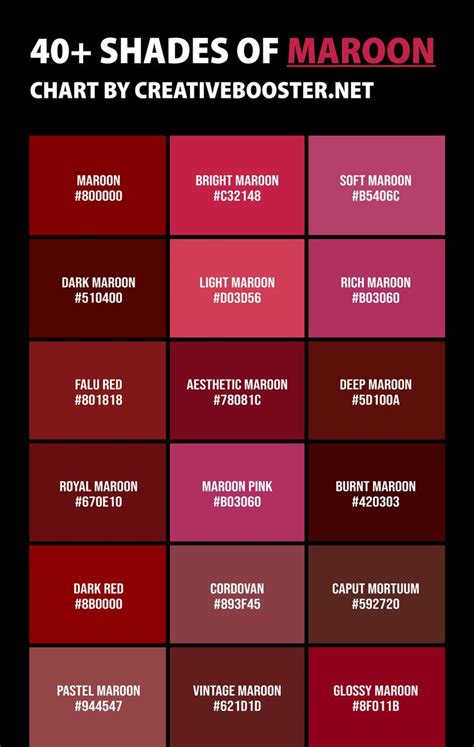Introduction

Hair loss can be a challenging experience, both physically and emotionally. Whether it’s due to medical conditions, genetics, or lifestyle factors, losing hair can impact self-esteem and quality of life. However, advancements in hairpiece technology have paved the way for a wide range of wig options that can restore confidence and provide a natural look.
Types of Wigs for Hair Loss
1. Lace Front Wigs
Lace front wigs are renowned for their undetectable appearance. They feature a delicate lace front that seamlessly blends with the wearer’s skin tone, creating the illusion of natural hair growth. These wigs provide a wide range of styling versatility and can be parted and styled as desired.
2. Full Lace Wigs
Full lace wigs offer the ultimate in comfort and customization. They are made of soft lace material that covers the entire head, allowing for maximum breathability and styling options. Full lace wigs can be parted and styled in any direction, creating the most natural look possible.
3. Monofilament Wigs
Monofilament wigs mimic the scalp by using a thin, transparent material that allows for individual hairs to be knotted and implanted. This creates a realistic three-dimensional appearance and allows for easy styling.
4. Synthetic Wigs
Synthetic wigs are made from artificial fibers that are resistant to heat and moisture. They offer a wide range of styles and colors, making them a versatile and affordable option.
5. Remy Human Hair Wigs
Remy human hair wigs are made from ethically-sourced human hair that retains its natural cuticle alignment. This ensures that the hair remains soft and tangle-free, providing a luxurious and realistic look.
Benefits of Wearing Wigs for Hair Loss
- Restore Confidence: Wigs can help individuals regain confidence by concealing hair loss and enhancing their appearance.
- Enhance Quality of Life: Wigs can improve self-esteem, reduce anxiety, and restore a sense of well-being.
- Protect Scalp: Wigs can provide protection from the sun, wind, and other environmental factors that can further damage the scalp.
- Medical Reasons: Wigs can be essential for individuals undergoing medical treatments that result in hair loss, such as chemotherapy or radiation.
- Style and Versatility: Wigs offer endless styling possibilities, allowing individuals to experiment with different looks and colors.
Common Mistakes to Avoid When Choosing a Wig
- Ignoring Head Size: Determine your head size accurately to ensure a proper fit. Loose wigs can slip and uncomfortable, while tight wigs can cause tension.
- Neglecting Hair Density: Consider the density of your natural hair when selecting a wig. Too-dense wigs can appear unnatural, while too-sparse wigs may not provide adequate coverage.
- Overlooking Color Matching: Matching the wig color to your natural hair color is crucial for a seamless appearance. Consult with a professional for advice on selecting the best shade.
- Choosing the Wrong Material: Different wig materials have distinct properties. Synthetic wigs are affordable and versatile, while lace front wigs offer a natural look and versatility. Choose the material that best suits your needs and lifestyle.
Choosing the Right Wig for You
1. Consult with a Professional: A professional wig fitter or stylist can provide guidance on finding the right wig style, color, and fit for your individual needs and preferences.
2. Explore Different Styles: Try on different wigs to find the one that complements your facial features and style. Experiment with lace front, full lace, monofilament, and synthetic wigs to see what works best for you.
3. Consider Your Lifestyle: Wigs require maintenance. Think about your daily routine and choose a wig that fits your lifestyle. Lace front wigs require more care, while synthetic wigs are less maintenance-intensive.
4. Don’t Rush: Finding the right wig takes time. Don’t be afraid to ask questions and try on numerous options before making a decision.
FAQs About Wigs for Hair Loss
- How long do wigs last? The lifespan of a wig depends on the material, care, and frequency of wear. Synthetic wigs typically last for 6 to 12 months, while lace front and full lace wigs can last up to 2 years or more with proper care.
- Can wigs be styled? Yes, many wigs can be styled using heat tools, but it’s important to check the manufacturer’s instructions carefully to avoid damage.
- How do I wash a wig? Wigs should be washed regularly using a gentle shampoo and conditioner designed for synthetic or human hair, depending on the wig material.
- Can I sleep in a wig? It’s not recommended to sleep in a wig, as this can put unnecessary strain on the wig and your scalp.
- Are wigs comfortable to wear? Wigs can be comfortable to wear, especially if the size and fit are right. Lace front and full lace wigs often provide the most comfortable experience due to their breathability and natural feel.
- How much do wigs cost? The cost of wigs varies depending on factors such as the material, style, and construction. Synthetic wigs are typically less expensive, while lace front and full lace wigs are more expensive.
